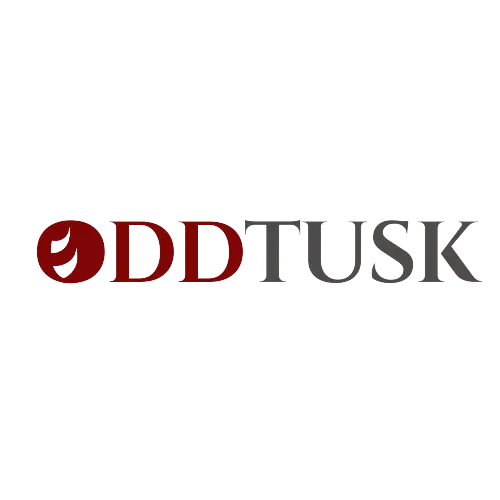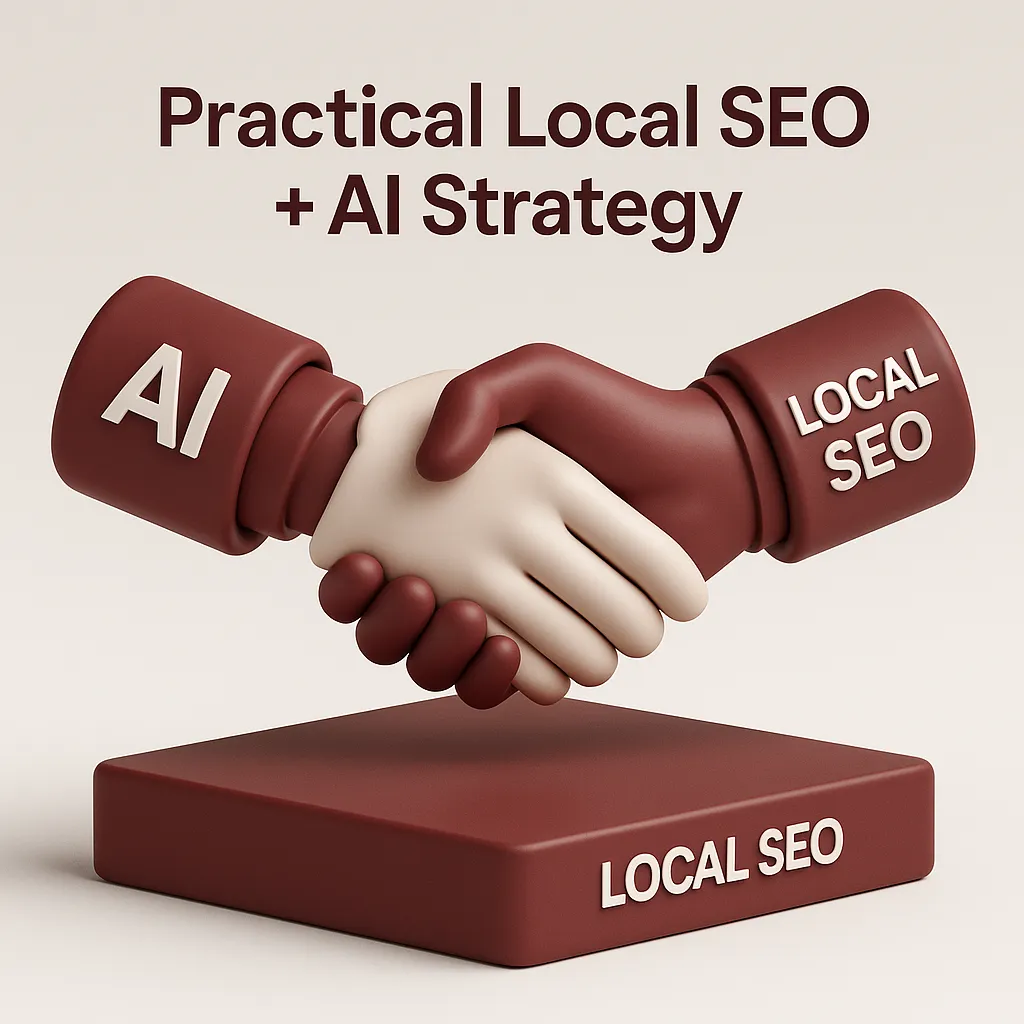Intent Over Keywords: How to Win with Semantic SEO in 2025
Not too long ago, SEO could be boiled down to a metric: provide the proper keywords that met a specific density, include exact matches in titles and headers, and Google will reward you. However, search engines have updated their features. The approaches mentioned above would not only restrict your visibility but could harm your online presence altogether.
The landscape has changed since semantic search, artificial intelligence, and large language models (LLMs) surfaced. As stated in a 2024 report by SimilarWeb, more than “57% of searches are zero-click,” meaning users find the information they’re looking for in SERPs. These results rely on context, structure, and semantic depth, as opposed to repetition of keywords.
As we head into 2025, it is crucial to comprehend the intent behind a query and devise an appropriate ecosystem of content to answer that intent in order to properly optimize SEO.
Glossary of Terms for Semantic SEO
Before getting started, we need to understand some terminology that will be used frequently in the blog –
- Entity
In semantic SEO, entity refers to a unique, identifiable item one may know of as a person, location, brand, occurrence, or even concept, that a machine is capable of understanding with added context. Technologies like Google utilize entity recognition and can relate information stored on the internet via Knowledge Graphs. For instance, “Apple” can be an entity representing a fruit or a tech company—semantic signals enable Google to differentiate between entities. Entities are extremely important for building relevance, trust, and creating connections in semantic search.
- Intent
Intent, or search intent as often called, refers to the underlying aim of a user’s query. Dominantly, there are four categories: navigational, commercial, informational, and transactional. Unlike traditional SEO techniques, Semantic SEO works towards matching content with intent. For example, someone searching “how to fix a leaking faucet” is seeking guidance (informational), whereas “buy faucet wrench online” is transactional. Understanding intent is critical in addressing users’ needs and enabling effective rank optimization.
- Semantic Optimization of Content
Instead of focusing on string content to fit a certain phrase, a semantic optimization approach organizes its content based on meaning, context, and relation. The approach incorporates the use of synonyms and associated words, entity name mentions, natural language, and internal links to clarify the subject. This enables search engines to more accurately comprehend the value of an article, thereby increasing its ranking in AI-enhanced search engines such as MUM or SGE (Search Generative Experience) by Google.
- Topic Cluster
A topic cluster is a particular model of content organization in a webpage that puts content into a singular pillar page and attaches numerous related subtopics to it. A good example would be a pillar page on “Digital Marketing” that links to cluster pages on SEO, PPC, and even content and email marketing. It helps to improve topical authority, internal linking, as well as crawlability, enabling Google to rank the site highly as an authoritative site on that broader subject.
- Markup of Structured Data
Structured data markup is used in conjunction with Microdata. It provides additional context for search engines to understand a page’s content. It is the basis for rich results, such as FAQ sections, ratings, product information, and breadcrumbs. For instance, a schema describing `Product`, `Article`, or `Event` helps Google comprehend the nature of the page, increasing information retrieval context and improving SERPs (Search Engine Results Pages) enhanced listings visibility.
The Old SEO Playbook is No Longer Relevant
In the past, using keywords was known to be the single most important part of the SEO process. Companies would attempt to find keywords that would skyrocket their website visits and use those words in the headers and articles, sometimes sacrificing content quality. This method was helpful for sites that had search engines focusing on terms between phrases and how often they appeared within the content.
But everything changed as Google perfected its algorithms. The introduction of updates like BERT (2019), MUM (2021), and the more recent Search Generative Experience (SGE) shifts the narrative. These updates mean that Google can understand not only what you are searching for, but the reason why, too. Because of this, blog uploads that are well backed up with semantic structure alongside contextual relevance can outperform articles loaded with keywords, even if those articles check all of the old SEO boxes.
Now we face challenges such as keyword cannibalization, over-optimization, and misalignment with user intent that are all keystones for falling ranks. HubSpot’s 2024 SEO Benchmark Report shares that more than 68% of marketers noted improved engagement when optimizing for intent instead of keywords.
What It Means to Practice Semantic SEO
While semantic SEO does mean improving context, user intent, or the relationships among subjects, it doesn’t neglect individual keywords. The keyword is the outlier that goes without mention. Building a well-rounded context that doesn’t lose focus on your content’s semantics still aligns to provide meaning behind your text.
This methodology focuses on entities, which are defined topics that machines can recognize and connect to, including brands, places, people, and ideas. For instance, “Tesla” could refer to the car company, a stock, or an individual. It is its semantic structure, internal linkages, and neighboring entities that clarify meaning.
The importance of schema markup increases with the addition of structured data. Integration of schema markup improves the clarity of your content as well. An article published in 2023 by Schema.org mentions that webpages that used semantic markup were 29% more likely to be featured in snippets and AI summaries.
What does this mean for content creators and SEO specialists? It signifies having less focus on exact-match keywords and placing more attention on topical coverage, entity enhancement, and the relationships that block cohesively unite content.
More Emphasis on Intent over Keywords – Anticipated Search Intent for 2025
User intent denotes the reason behind a search. As Shafaq stated, the way something is said matters less than why something is being searched. In 2025, focus will be placed on how the search engine interprets and infers this intent.
The four main categories of search intent are:
- Informational – To learn something. For example: “How do solar panels work?”
- Navigational – To find a particular website. For example: “Spotify login”
- Transactional – To make a purchase. For example: “Buy wireless earbuds online
- Commercial Investigation – To compare options. For example: “Best laptops for video editing 2025”
Search engines evaluate time consumed, the bounce rate, and return visits to assess whether a result meets the user’s intent. In March 2024, SEMrush published an analysis stating that matched intent pages had 31% longer average session durations and 27% more conversions.
SME marketers want matched intent pages to achieve greater ROI. Intent data assists marketers in determining criteria that allow for demographic, geographic, and technographic narrowing, turning broad target markets into narrower focus markets.
A difference between visibility and authority unlocks the intent data ecosystem, which transforms content writers into problem solvers.
How to Build a Semantic SEO Strategy in 2025
A powerful semantic SEO strategy considers more than just keywords; it relies on intent, structure, and connections. Here’s a performance guide to building one for 2025:
Step 1: Topic Comes Before Term
Define a central topic alongside its corresponding subtopics, relevant questions, and surrounding issues.
Step 2: Map Relevant Entities
Incorporate people, products, tools, and ideas that relate to your subject using natural language APIs as well as tools such as Wikidata. Add both of them and connect them naturally.
Step 3: Assign One Clear Intent per Page
One underlying user goal should be served on every page. Attempting to satisfy multiple intents creates confusion for both users as well as targeting systems.
Step 4: Create Topic Clusters and Pillar Pages
Multiple pages can be grouped under one pillar page, which serves as their guide and includes summaries. This improves topical authority, plus the structure of the internal links within the website.
Step 5: Structure with Schema
Label sections such as headings, reviews, questions and answers, videos, and more using the marking schema. This helps the site compete for rich results, as well as LLM summarization.
Step 6: Optimize Internal Links Semantically
Descriptive anchor texts must be used for target link pages that provide context, hence aiding users as well as AI to improve comprehension.
Step 7: Monitor How AI Tools Summarize Your Content
Focus on services like SGE, AI Overviews, Perplexity, and You.com to monitor the summaries generated from your data. Make changes to optimize parts that are not expressive in clarity.
As reported by Search Engine Journal in a 2024 survey, sites experienced an unprecedented 38% increase in organic traffic within six months of utilizing semantic strategies combined with content clusters.
Case Study – Transitioning From Keywords to Semantic Authority
Consider a blog with 10 pages, each focusing on keywords like “best DSLR under ₹50,000,” “top budget cameras,” “best camera for beginners,” etc. This creates redundancy and dilutes topical strength as fewer pages are created.
Now imagine one robust guide titled, “How to Choose the Right Camera in 2025,” which includes:
- A buying guide
- Price comparisons
- Use-case breakdowns (travel, vlogging, portraits)
- FAQ section
- Embedded video reviews
The latter approach constructs the guide using semantic SEO. It provides depth, fulfills multiple intents, and performs better with AI summarization tools.
Inlinks’ 2024 content analysis indicates that multi-intent articles featuring internal schema were cited 43% more frequently by generative AI tools for inclusion in their responses.
The Rise of AI and Zero-Click Search
Search is beyond just pages now; it’s about answers. Tools like Google’s SGE, voice assistants, and Chat-based search methods provide content summaries at the top of the page. These summaries are powered by content that is:
- Structured
- Rich in entities
- Free from fluff
Your competition is no longer the top 10 links you used to check. It now ranges to contour the paragraph AI creates using your (or someone else’s) content. The competition is no longer a matter of ranking; it’s about content representation.
As noted by DataReportal (2025), 43% of users 18-34 years old prefer AI-generated responses to browsing entire blog posts. This shift in behavior strongly suggests that your content is both machine-friendly and accessible.
Pro Tips for 2025: Stay Ahead of the Curve
- Evaluate the coverage of your topics and depth of entity utilization with a semantic content audit tool.
- Start sentences with phrases such as “People Also Ask” or use voice commands.
- Concentrate your efforts on comprehensive evergreen guides that passively rank for dozens of related keywords.
- Update redundant internal hyperlinks to match revised semantic directions.
Marketer's Checklist for Immediate Results
- Determine the key aim of each content item.
- Outline relationships of associated entities for deeper semantics.
- Go further than simple breadcrumb or article tags and include schema markup for non-headings.
- Develop themed content with detailed plans for cross-links.
- Conduct monthly audits of how your web pages are represented in AI-generated summaries.
Final thoughts: The Keywords are Still Alive, Though No Longer on Top
SEO mastery in 2025 will no longer require stuffing keywords in headers and instead will require proving authority, relevance, and understanding needs before they are typed.
To remain ahead, SEO specialists and content developers need to:
- Create topic-based, not term-focused content.
- Balance machine and human writing standards.
- Focus more on the clarity of intent and layered meaning.
- The future of SEO will not only depend on what you say, but how well it is processed.
- In the time of AI, the new search focus is comprehension, as intent has taken the lead.






